This article may contain affiliate / compensated links. For full information, please see our disclaimer here.
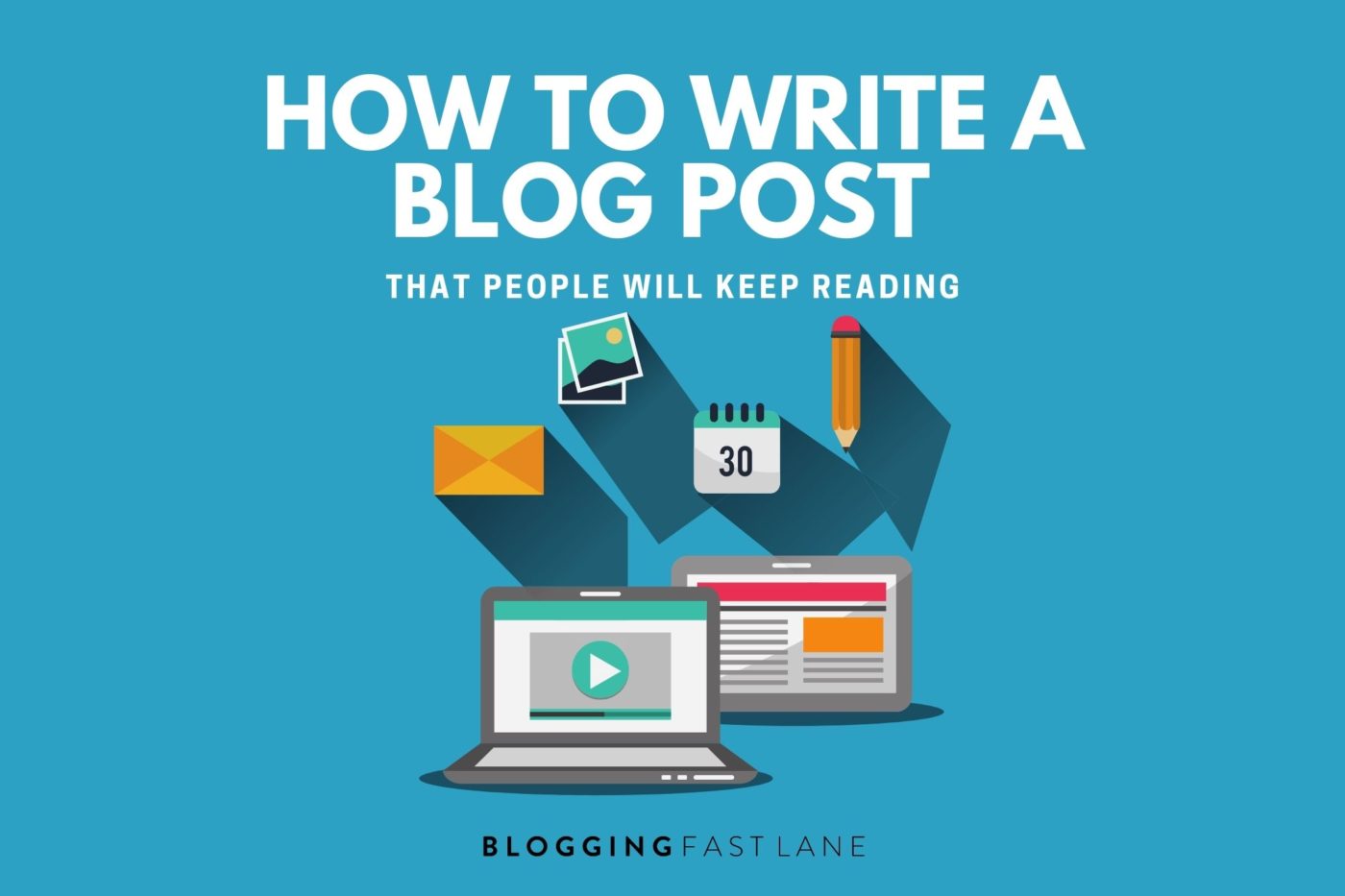
Want to know how to properly write a blog post that people will keep reading over and over again?
Before I share with you the ins and outs of how to do this…
Here’s a cold, hard fact: You can have the most beautifully designed blog with a ton of bells, whistles and fun features… but without well written and structured blog posts, there’s no way your blog can succeed.
No…you don’t have to be the best writer BUT you need to know how to properly write blog posts that people will keep coming back to…over and over again.
So, how exactly do you write blog posts that will captivate your readers and get on the first page of Google?
Do you just crank out whatever’s on your mind and upload it to your blog?
This is what I thought it took when my partner Tom and I first started our travel blog, Adventure in You, five years ago.

I’d spend hours sitting on my computer, detailing the trip Tom and I were on, writing about the cute cafes we ate at, and what it’s like to live on the road.
I wrote so much but nothing I was publishing was really doing anything to help grow my blog.
Sure, I had a large archive of articles but they weren’t really ranking on Search Engines…nor did they have a clear purpose.
After more than a year of publishing content like this, I took a step back and looked at what other successful bloggers were doing… and realized where I wen’t wrong.
So I recalibrated and began to write blog posts in a different way. And from doing this, Adventure In You went from barely showing up on Google to one of the top 25 travel blogs in the world!
That’s the power of writing good (and valuable) blog posts.
If you’re looking for ways to write blog posts that actually do something for your blog rather than just take up space, keep reading to find out how to go about publishing effective content on your blog.
- Blog Writing Tips: 4 Key Things to Do Before You Start Writing
- How to Write a Blog Post in 5 Steps
Blog Writing Tips: 4 Key Things to Do Before You Start Writing
Before I fill you in on this, let me walk you through 4 things you need to do before diving into writing.
Although some of them may seem overly simple, they make a world of a difference when it comes to writing out well constructed blog posts.
Make Sure You Have A Clear Blogging Niche
Having a clear blogging niche ensures that your blog posts will be organized and relevant to your blog.
Not only should your niche be clear, but it should be super specific, so that when you start writing, you’ll be able to stand out from the sea of other blogs and appeal to a select target audience.

Create a Content Strategy
Once you have a super clear, very specific niche, start to think about a content strategy for publishing articles on your blog.
This is extra important because it ensures that your blog won’t be a mish-mash of this and that, but rather an authoritative website aimed at providing value around one topic catering to a certain audience.
You can create a content strategy by thinking of “pillars” or main topics to organize your content around. Pillars stem from your niche and are long, in-depth articles that can have tons of sub-articles written around them.
When you come up with pillars, you’re setting yourself up for success as you’ll always have something to write about that’s relevant to your blog.
No more bumbling around looking for blog topics!
With a solid content plan organized into different pillars, you’ll be able to craft articles strategically which will ultimately keep your readers coming back for more.
Brainstorm Content Ideas
Once you have your main topics picked out, it’s a breeze to come up with sub-topics to write articles about. Take some time to sit down and really flesh out your pillars, brainstorming tons of sub-articles that you can write.
Always be sure that your sub-articles can tie back to your pillar, as this will give your blog structure and help you build authority to your readers and search engines.
I was never really one for brainstorming (I’m more of a fly by the seat of my pants type of gal) but when I started to write down ideas for content surrounding my pillars, I found that writing good blog posts became so much easier and way less time-consuming.
Obviously after brainstorming-keyword research is crucial…but more on that later!
Identify User Intent
Finally, think about why your readers may be looking for something online.
Are they hoping to be inspired? Looking for more information? Ready to make a purchase?
Identifying user intent will help you determine what type of articles to craft.
If your users are looking to be inspired, write posts that are exciting and uplifting for them to read. If they’re looking for more information, provide them with valuable facts and advice.
If they are in the transactional (or buying phase), give them solid recommendations and let them know that you know what you’re talking about to help you get more affiliate conversions.
Whatever direction you take your article, be sure to pick one way to satisfy user intent.
Not understanding the user intent of your readers is one of the main reasons why a lot of bloggers are not successfully earning from affiliate marketing! I promise-taking the time to digest and learn more about this information alone will make a world of a difference in your earnings!
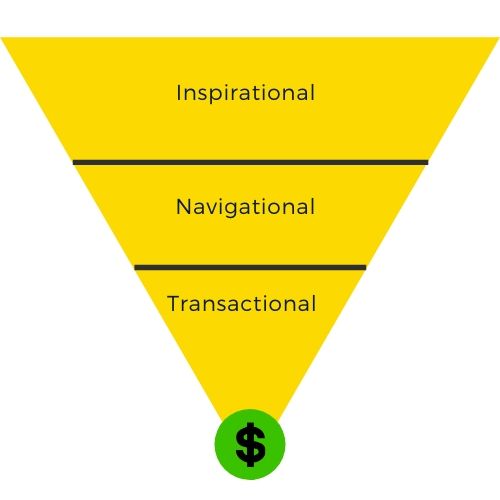
We go through all these components in detail in our Blogging Fast Lane course to give our students an in depth understanding of how to craft content that really converts.
If you want to find out more about these topics and our full course, check out our full training below!
How to Write a Blog Post in 5 Steps
Okay…let’s now get down to the good stuff.
The thing is…writing blog posts isn’t rocket science, but there are certain steps to take to make sure that what you put out there is in a prime position to be consumed by your audience.
Here’s a 5-step breakdown of how to write a blog post.
This is the actual process we use when it comes to writing blog posts of our own blog and it’s a method that we’ve seen great success with.
Not only do our articles capture readers, but using these steps, we can also get them to rank on the first page of Google, share the post, and return for more down the road.
Step 1: Do Your Research & Create an Outline
The first step to writing an effective and engaging blog post is to do your research.
When you do your research, you’re able to figure out good topics to write about, what people are looking for online, and what sorts of things your competitors are writing about, too.
Together, all of this will help you craft a compelling outline which will guide your writing process.

Conduct Keyword Research
When it comes to researching blog topics and articles, there are few things more powerful than keyword research.
Keyword research is the process of looking at terms or phrases that people use on search engines. When integrated into writing, these keywords will help you rank higher on search engine results.
When we first started Adventure In You, I spent more than a year writing about whatever I felt like. I wasn’t doing any research, but rather writing what popped into my head and leaving it at that.
But when I started doing keyword research, I was able to actually know and understand exactly what people were looking for, allowing me to write about what my audience wanted to read about.
This led to a huge uptick in naturally engaging posts… and traffic.
My only regret is I didn’t start doing keyword research earlier! It would have saved me from all that wasted time and headache in the early days when I realized that people weren’t reading my articles.
Even if you’re a beginner blogger, keyword research is so important because not only will it give you direction for your content, but it will ensure that you’re writing about what people are looking for.
Keyword Research Tools
There are tons of online keyword research tools that allow you to plug in words or phrases, check out the search volume, keyword difficulty and other related metrics to see where you should focus your writing efforts.
Lots of tools will also have a “phrase match” component where you’ll be able to find tons of related keywords as well – ideal for planning out future articles in your niche.
Sometimes these online tools can be a little techy, and some of them can get prettttty pricey, but there are a few good options with the functionality you need at an affordable price.
Keysearch is a super affordable tool that has both yearly AND monthly plans. If you would like to try the tool, use the coupon code “FASTLANE” for a discount!
If you’re in a budget…considering just signing up for 1 month just so that you can collect enough data to help you build out your content strategy.
if you’re not ready to make the jump, there are other strategies you can use to find keywords that people are looking for online.
One way is to go to Google or Pinterest, type in a word or phrase and use autocomplete to see all of the different directions this word or phrase can go. This is a completely free way to check out what people are searching for related to the keyword you’re interested in.

You can also use the “People also ask…” section of Google.
If you complete a search and scroll down, you’ll typically see a “People also ask” section with different questions relating to what you searched for.
If you continue to expand the boxes, Google will load up more options for what people are looking for online! Free, quick and great insight right at your fingertips.
However…these are definitely no match to the power of doing proper keyword research which will give you details on what words people are searching for but also how many people are actually searching for it!
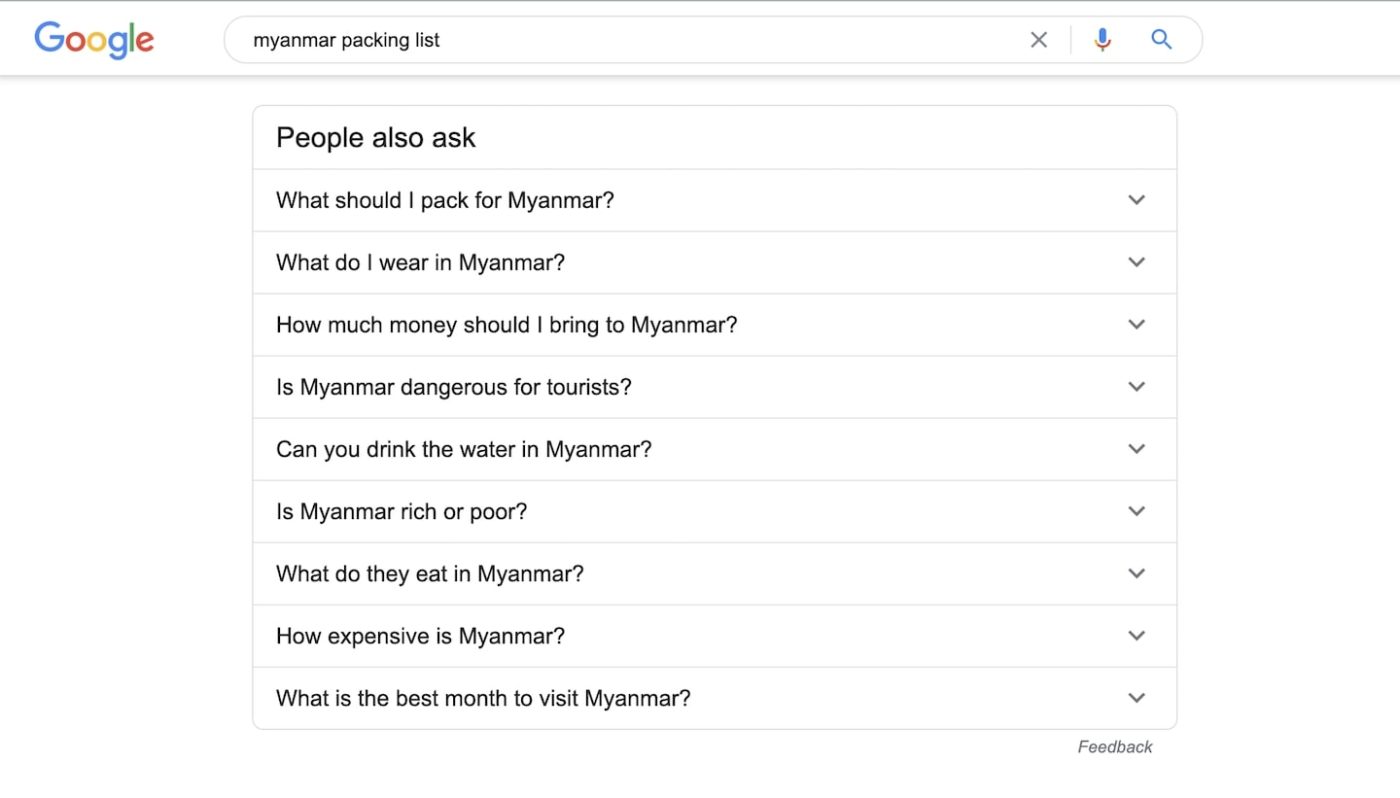
Do Some Competitor Research
Besides researching your keywords, it’s also worth checking out your competitors to see what they’re doing.
I’m in no way suggesting you copy their content, but take a look at your competitors’ blogs.
What kind of articles are they writing? What do they look like? How long are they? What kind of images are they using?
Doing this is a great way to get a sense of what may be working (especially if they already have a successful blog) and what you can emulate on your own blog.
On most keyword research tools, there’s a function that allows you to see who’s ranking for what keywords, but a simple way to see your competitors is with a regular Google search.
Plug in a keyword and I bet there will be loads of blogs that pop up. Check out the ones on the first page to see what kind of articles are ranking.
This will give you some solid ideas for your outline and will allow you to create a bigger and better article than theirs!
Create an Outline
Once you’ve done your research, it’s time to start outlining your article.
An outline doesn’t have to include much, but try to think of it as a roadmap that will guide the structure and content of your blog post.
When I used to sit down at my computer to write blog posts, I’d just start typing off the top of my head. When I finished the draft, I’d go back and look at it and realize that I’d deviated so far off track the article wasn’t even about the topic I wanted anymore!
But when I started using outlines, I found that my writing became so much more clear, concise, and to the point.
The most valuable thing is I can stay on track much better, leading to tight, on-topic articles with minimal effort. Just this extra step saved me so much headache when it came to writing quality blog posts.
At a minimum, an outline should include any headings and subheadings you’d like to cover, as well as where you can integrate your keywords. Your outline doesn’t have to be ultra detailed, but the more you include here, the easier writing your blog post will be.
The best part of creating an outline is it doesn’t have to be difficult.
With a solid outline, drafting your blog post will be so much easier, I promise.
Remember: With so much content online, you’ll start to find that most of the ranking articles are organized in a similar way-this means Google likes the format! Use this to guide your outline and determine which sections are important to include, how long your article should be, and what main points you need to touch on.

Step 2: Write a First Draft of Your Post
So you have your research done and an outline for your article… now it’s time to get writing!
While your outline will give you a good direction to go in, there are some things to keep in mind when you start putting your pen to paper (or fingers to keyboard, rather).
Always Aim to Provide Value
More than anything, all good articles aim to provide value to their readers.
If you can show your readers that you have something useful to say, they’re more likely to come back for more or share it with others.
Providing value is easy when you do your keyword research as you already know what questions people want answered and what problems they may be having.
While writing, be sure to address these points and show your readers that you understand them and even have solutions to what they’re going through.
For example, if you want to write an article about how beautiful your garden is in full bloom, instead of just showing pictures and talking about your plants, walk your readers through how to get the same results. Show them how you planted your plants, what tools you used, maintenance needed, bumps you encountered and anything else that got you to this point.
An article like this lets you craft content surrounding the topic you want to write about while also offering valuable information on gardening tips to your readers.
Don’t Be Afraid to Get Personal
That being said, don’t be afraid to add a personal element to your writing!
Weave in personal stories, use anecdotes from your life, detail your struggles, and actually talk to the reader.
Even though providing valuable information is important, it’s all about how you present it. Don’t be afraid to show your audience that there’s an actual person behind the screen… maybe someone they can even be friends with!
This personal element helps draw readers in because let’s face it, nothing’s more boring than a plain “how-to” or simply informational article. Plus, no one likes to read articles when they feel like the author is talking down to them.
Beyond this, using a personal element gives you a degree of authority. If you let your readers know that you’ve been through what they’re going through or have been in the same position before, they’re so much more likely to believe what you’re saying.
Level with your readers, be personable and open, and leverage your unique voice to create content worth reading.
Get Actionable
In your draft, be sure to include actionable items for your readers, rather than just walls of text. Again, the whole point of your writing should be to provide value to your readers and you can do this by giving them real items to act on.
If you’re writing a “how-to” article, create action points for your audience so they can really get results.
If you’re trying to help a reader solve a problem, provide an actionable framework that they can take to achieve success.
If you’re trying to get your readers to buy something, make sure that there are plenty of call-to-action points throughout your article so they don’t have to search around to make a move.
No matter what it looks like, be sure to give your readers more than just lengthy text. Actually give them something to do!
And if it works, you can bet they’ll be back for more.

Step 3: Craft a Catchy Headline
When you Google something, hundreds of thousands of results come up. But what makes you click on one link over the other?
Since you can’t read the content or look at the images in a single glance, it’s generally the headline or title that grabs your attention and drives you to a certain article.
Even if your article is super well-written, unique, and engaging, if you don’t have a catchy headline, no one will be enticed to actually click on the link and read it.
This is why a snappy headline that draws readers in is absolutely essential to writing a good blog posts.
Keep It Short
As a rule of thumb, try to keep your headline under 65 characters.
This provides a chunk of digestible information without dragging on or risking getting cut off by search engines. With 65 characters, you can craft a witty sentence and have the entire thing visible on search result pages.
Make It Appeal to Your Audience
This one may seem obvious, but it’s worth reiterating because of how important it is. To get people to click on your article, you need a headline that appeals to your target readers.
What do they care about? What are they searching for? Answer these questions in your headline so they know that your blog post is what they’re looking for, even in a single glance.
Promise an Answer… Without Giving Everything Away
One of the best ways to make your headline appeal to your audience is by promising an answer to what they’re searching for.
If they don’t know what to take on a trip to Thailand, create a headline with catchy title like:
The No-Fuss Guide on What to Bring to Thailand (+Free Packing List).
If they’re searching for needlepoint patterns, let them know that your article contains them!
If they’re looking for ways to improve their complexion, tell them that you know how to do just this.
BUT… don’t tell them how!
By creating a headline that promises an answer without giving everything away, you’re letting your audience know that you have what they want, but they won’t get it until they click on your article.
This “teasing” tactic is simple but powerful because it will pique interest and the irresistible desire to learn more.
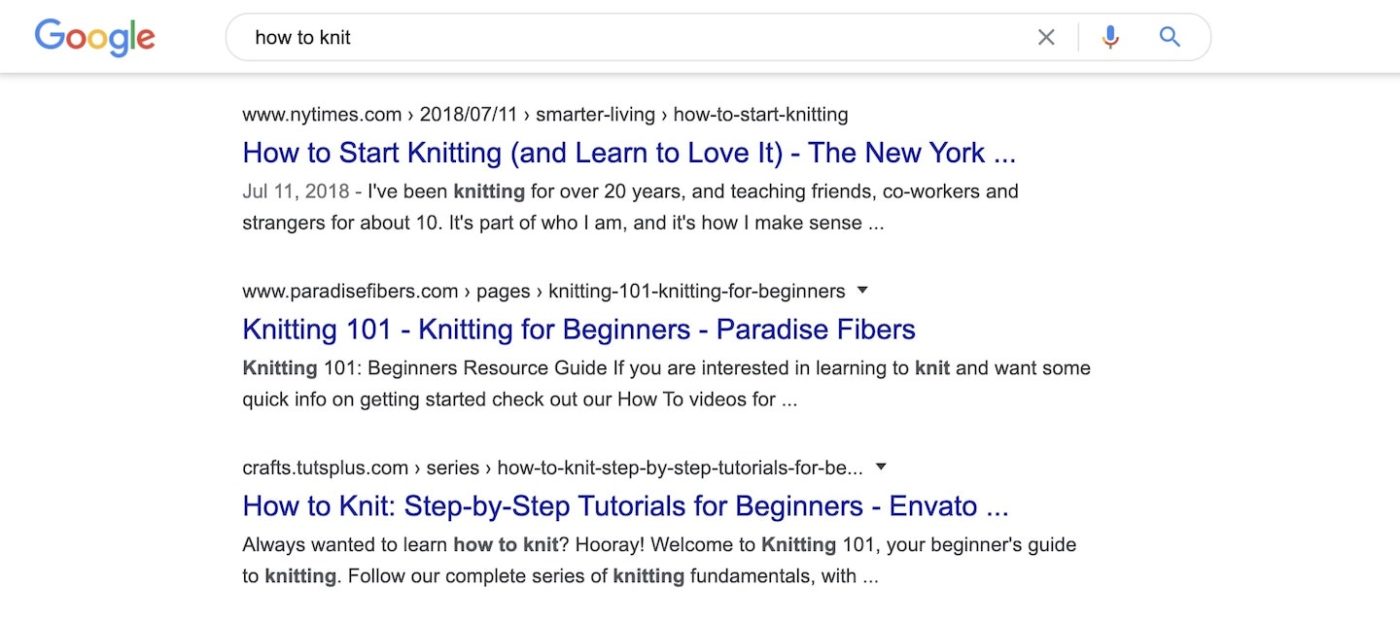
Headline Formulas
With all of this in mind, you can use a ton of different formats to craft the perfect headline. Here are a few examples of popular headline formulas that work!
Questions
Starting with a question is one of the most powerful hooks when it comes to writing and works super well with headlines.
- “Can You REALLY Build a Successful Blog if You Work Full Time?”
- “What Do Gardening and Children Have in Common?”
How to
Chances are, if someone is on Google, they’re looking for ways to do something. By including “How to” in your headline, you’re letting readers know that you have direct answers for them.
- “How to Start the Side Hustle of Your Dreams”
- “How to Knit Like a Pro Even if You Have Zero Experience”
Lists
Another way to show readers your blog post is worth clicking on is by letting them know that you have lots of answers or solutions to their problems. With a list, you can tell them exactly how many options you have for them.
- “10 Easy Recipes Under 30 Minutes to Help You Lose Weight”
- “11 Things I Did Every Day to Lose Weight“
Controversy/ Intrigue
Finally, there’s nothing like the good ol’ shock factor. Introduce some controversy or intrigue into your headline and it’ll be impossible not to click on it!
- “What No One Tells You About Traveling Solo”
- “Things I Wish I Knew Before Planting My Garden”
If you’re stuck on a headline, come up with lots of different options and then plug them into a headline analyzer tool.
This will give you a preview of what your article will look like on Google, and also help you beef it up or cut it down in a way that’s most meaningful.
Step 4: Optimize Your Article for SEO and Affiliates
Optimizing your article is one of the most important components of creating an attractive blog post.
It essentially puts your content in a prime position to be consumed by your audience once in front of them. It makes your post easy to read, nice to look at, and all around more eye-catching than a giant jumble of text.
This process also makes it easier for search engines to crawl your page and see if your content is relevant to certain keywords.
When your article is organized in a way that makes sense and is visually appealing, Google is more likely to give it a boost rather than let it get swallowed up by the rest of the internet.

Format Your Post Using SEO as a Guideline
Good formatting goes an enormous way in terms of getting people to actually read your article.
You can make your post more appealing to readers (and to Google) by using headings and formatting the text in bite-sized pieces below it.
Don’t just stick with H2s! Use different sized subheadings to break down the text even further as this provides more context clues for Google.
It’s also most effective when your paragraphs are short. Stick to a couple of sentences to keep the information digestible and give the reader motivation to continue (because come on, what’s a bigger turn-off than an unbreakable wall of text?).
When formatting your post, you can also think about putting important information in colored call-out boxes (like I did above!) to draw the reader’s eye to it. These can be points you really want to drive home or a way to make affiliate links look more attractive.
While looks aren’t everything, having easy-to-read articles that are well formated makes it easier for people to consume your content.
Add Eye-Catching Images
While text is important, great images capture your reader’s attention and keep them from getting fatigued while they read through your article.
In fact, according to Hubspot, blog posts that include an image every 75-100 words get twice as many shares than those without!
You can find loads of gorgeous royalty-free images, free for use on websites like Unsplash, Pexels and Pixabay. Be sure to size them consistently and insert them strategically throughout your post.
While you’re adding images, also think about finding an eye-catching featured image that you can have at the top of your article.
A feature image goes such a long way in terms of getting people to scroll past the title line of your blog post. When there’s something related and engaging in the featured image section, readers will be much more inclined to continue to scroll.

Insert CTAs
The last step when it comes to formatting your article is inserting any relevant CTAs, or call-to-actions that you may want to have included.
CTAs are the most powerful way to get your readers to actually do something from your blog.
Whether it’s clicking over to a brand you’re recommending, subscribing to your newsletter, or jumping to a related post, a call to action lets your readers know that it’s time to do something.
Not only is this beneficial to you and your blog, but it also benefits your readers!
Chances are, they’re looking for something when they come to your blog and CTAs are a way to deliver that. It’s a win-win situation for everyone, so long as they’re utilized correctly.
Call-to-actions should stand out from the rest of your article, giving the reader a hint to give it a click. Try to add your CTAs in a different format from the rest of your text i.e. add a button, highlight the text or convert it to italics or bold font to draw people’s eye to it.
Also be sure to spread your CTAs throughout the article rather than just popping one at the end.
But don’t stuff your article full of them. Use a few to get your reader’s attention, but not so many that it disrupts the flow of your post.
Optimize Your Post with Affiliates
One of the crucial steps that a lot of people don’t do is to take a step back to figure out how they can optimize their article for affiliates. After you’re done researching, writing, and formating your article so it looks good- it’s time to now strategically think where you can add your affiliate links.
If you’re unsure what affiliate marketing is and how it can be a GAME CHANGER for bloggers, read our in-depth guide on How to Turn Your Blog Into an Affiliate Machine.
Step 5: Edit, Polish and Publish Your Post
So you’ve got all the moving parts in place and your blog post is really starting to come together… hooray!
Now it’s time to get it ready for publishing.
Take some time to really go through your post and edit it for any spelling, grammar, or formatting mistakes. Does it flow well? Do you have solid transitions? Have you used the right “you’re/your”?
Is there variation in your words and phrases?
Sometimes editing can be tough and it’s easy to miss little errors.
Put your article down for a while. Go do something else – walk your dog, eat some lunch, tuck your kid into bed and then return to your article with fresh eyes. I can guarantee you’ll pick up on much more than you would if you go straight from writing to editing.
It also helps to read your article aloud to see what the rhythm and flow is like. Doing this is a great way to catch little mistakes your eyes may glide right over, and get a sense of whether this article is actually engaging or if it needs to be spiced up a bit.
Better yet, hand the draft off to a friend! See what they can pick up. Another set of eyes is always extremely helpful when it comes to getting your article to look and sound the way you want it to.
If this is not possible- grammarly is a great (free) tool to help you proofread your content!
In our Blogging Fast Lane Course, we have a content SEO cheatsheet which walks them through a series of questions to make sure they haven’t missed out on anything.
The cheatsheet goes something like…Have you added:
- keywords
- headlines (H2,H3,H4 tags)
- affiliates
- grammar check…you get what I mean!

Once you’ve gone through the editing process and are confident in your piece of writing, it’s time to get it up on your blog and published for the world to see.
If you use these steps to craft blog posts, you’ll be able to capture the audience you want and retain their attention… something that’s hard to do on the internet!
The main thing to keep in mind with all of this is to constantly strive to provide value to your readers in the content you put out there. If you can show your readers that what you have to say really relates to them, they’ll continue to come back for more… And you’ll never run out of things to write about!
Writing a good blog post isn’t hard, it just takes a few key ingredients to do it well. If you follow all the steps laid out above, you’ll know how to write a killer blog post in no time.
Like this Article? Pin it!
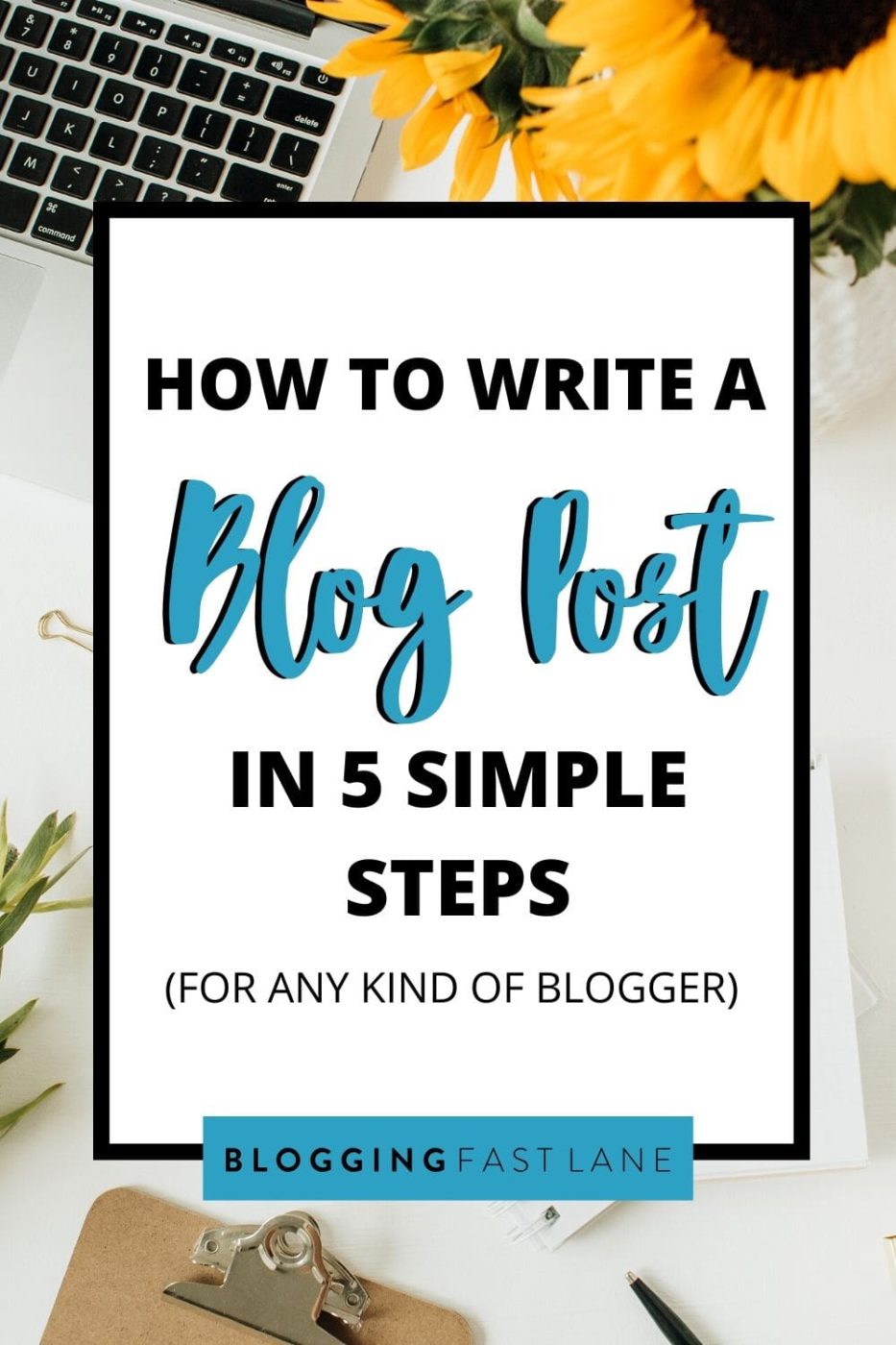
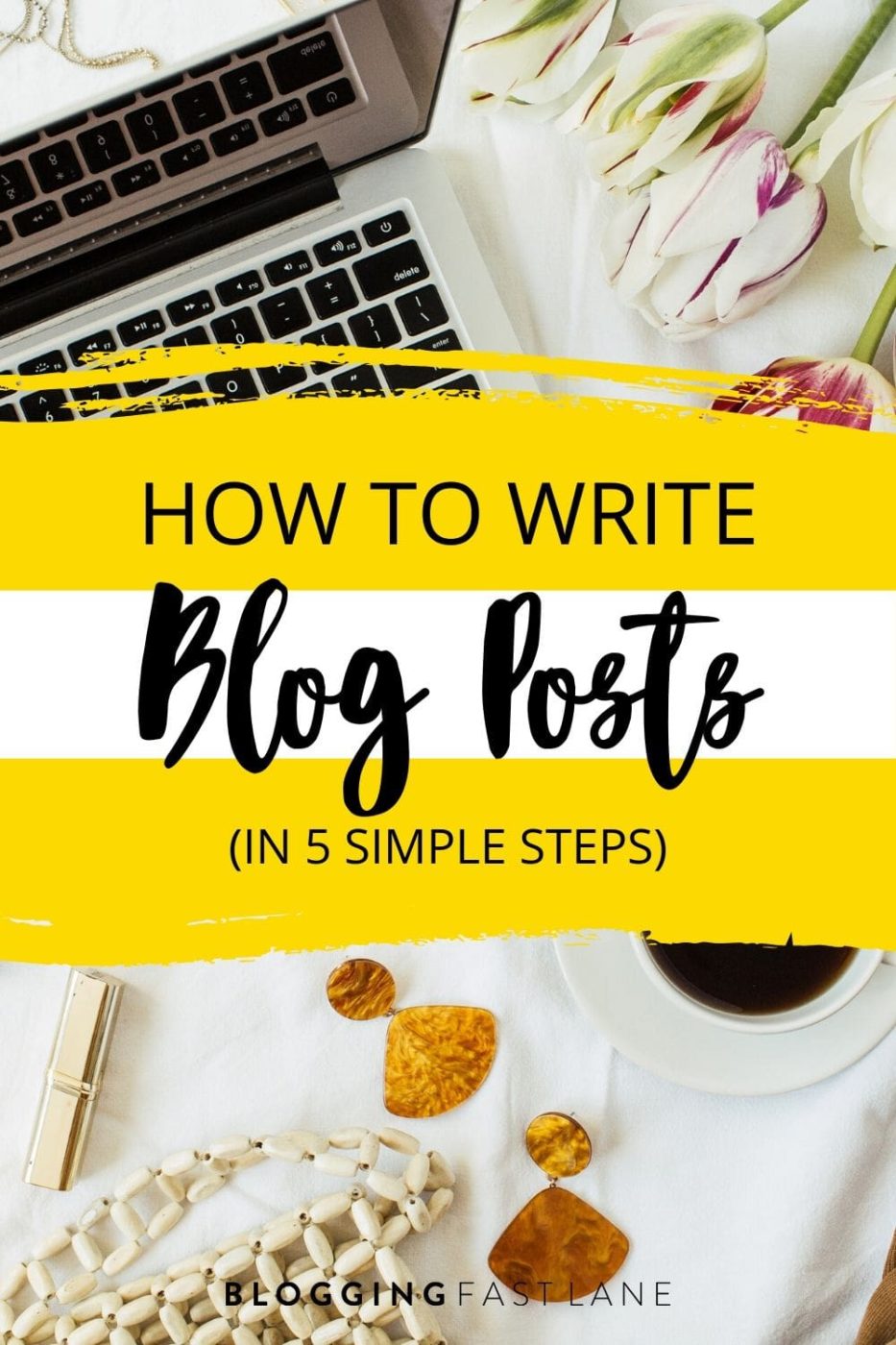

This article is an organized and workable tutorial on getting your posts read and acted upon. If you’re serious about building your blogging business, it’s a must read.
Pingback: Keyword Research For Travel Bloggers